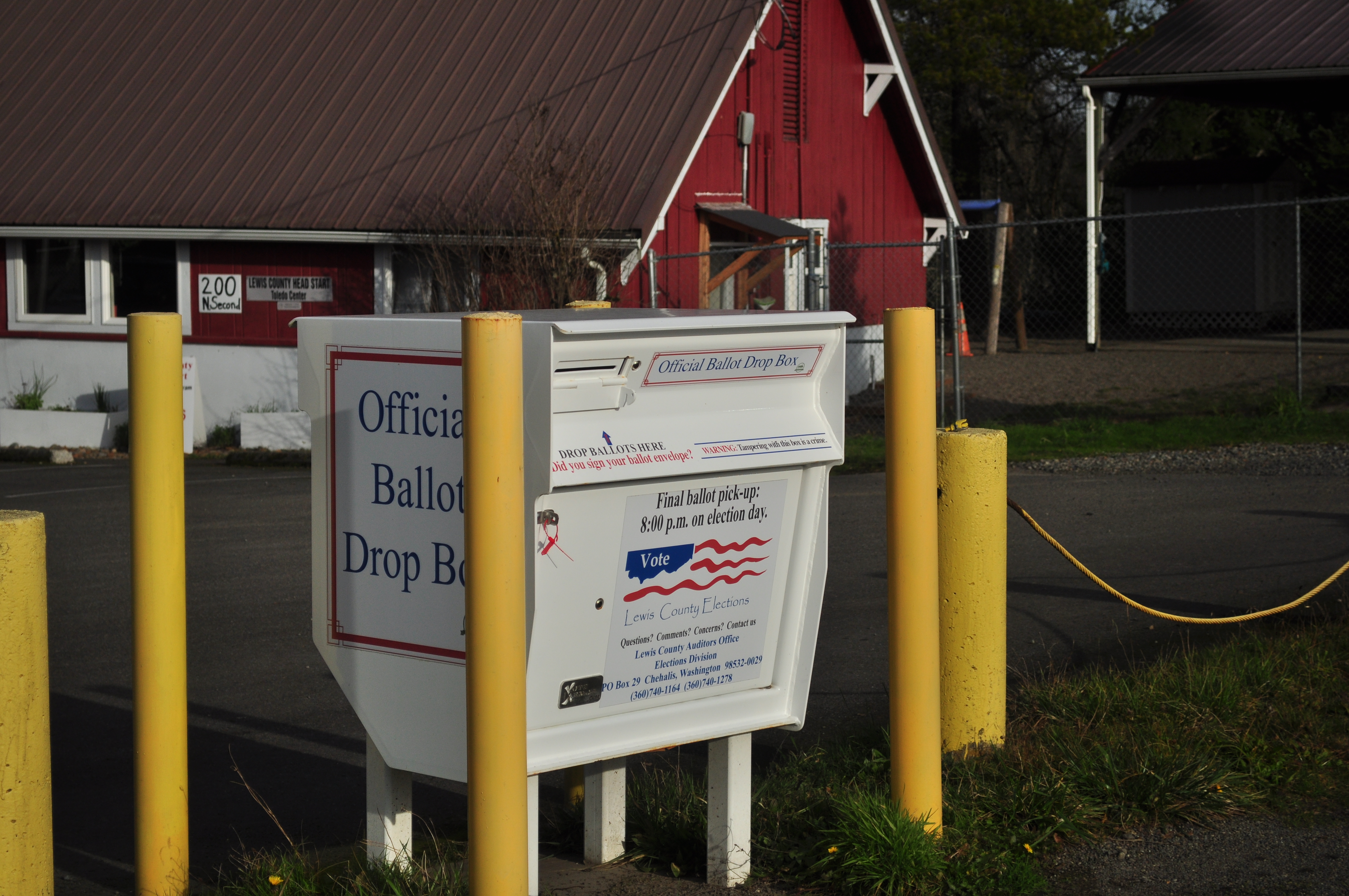 News
NewsIn a per curiam decision Tuesday, the Texas Supreme Court upheld Governor Greg Abbott’s October proclamation limiting early ballot drop-off locations to one per county. The proclamation issued on October 1 prohibited county officials from designating multiple ballot drop-off locations prior to Election Day, citing health concerns relating to the COVID-19 pandemic and election integrity.
The organizations and individuals challenging the proclamation, including the Anti-Defamation League of Austin and Common Cause, Texas, claim it exceeds the governor’s authority under the Texas Disaster Act and infringes on the right to vote in violation of Article I, section 3 of the Texas Constitution.
The Texas Supreme Court rejected the first claim, reasoning that it is not possible to successfully attack the October proclamation without undermining the July proclamation, which expanded access to early voting and mail-in ballots. Challengers to the ballot box limit argue that the October proclamation was not motivated by the pandemic; rather, it was improperly motivated by concerns about election integrity. The majority opinion disagreed, stating, “only with blinders on could anyone view the October Proclamation as unrelated to the pandemic.”
The court also found the voter rights challenges unpersuasive. The majority opinion found that the lower court improperly applied a strict scrutiny standard. Under the proper rational basis test, the court must determine whether the procedures “severely” burden the right to vote. The court found that the ballot box limit does not meet this burden. In the first constitutional claim, that the October proclamation unduly burdened voters does not “severely” burden the right to vote because it actually expanded access to early voting. The second constitutional claim raised concerns about disparate impact on populous and geographically large counties. With little analysis of the issue, the court states, “county lines are frequently what determines how convenient voting may be for any given voter.”
There were two concurrences on the opinion. One of the concurrences agreed in full with the opinion, but wrote separately to emphasize the many options voters have to cast a ballot in the November 3 election. Justice Jimmy Blacklock’s concurrence agreed with the outcome but took a more conservative view of the judiciary’s role. In his concurrence, he argued that absent a clear constitutional violation requiring a strict scrutiny analysis, the court should not second-guess the political branches. To do so, he argued, would mean “we are ready to throw in the towel on the separation of powers and accede to judicial supremacy.”
The per curiam ruling found that the “October Proclamation provides Texas voters more ways to vote in the November 3 election than does the Election Code. It does not disenfranchise anyone.” Texas has already begun early in-person voting.

